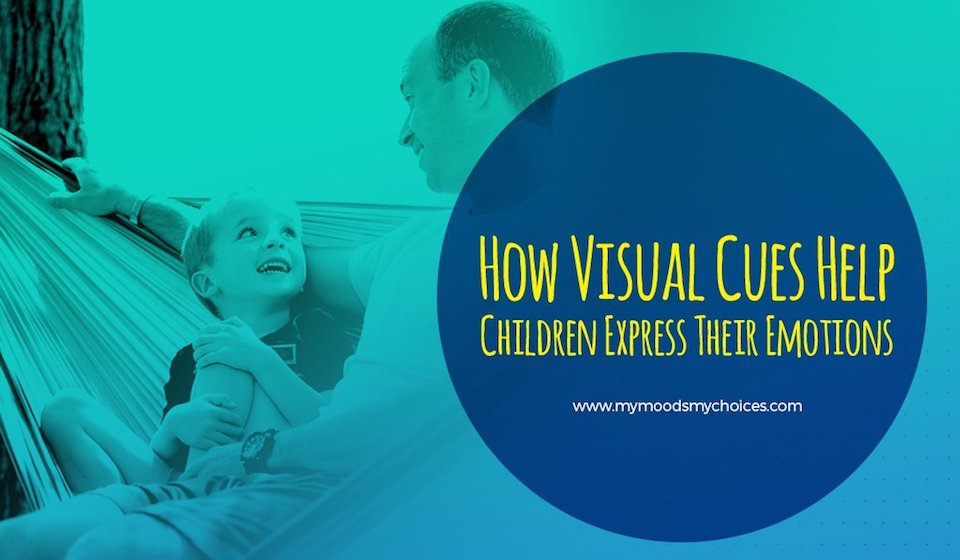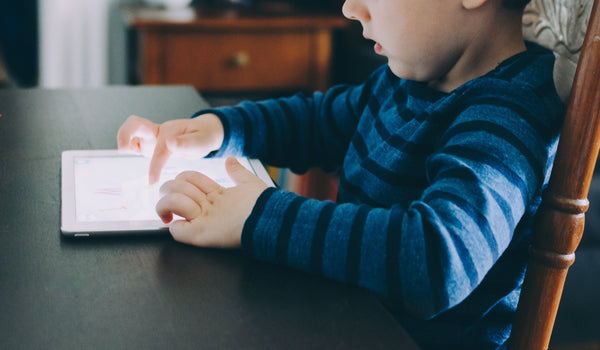How Visual Cues Help Children Express Their Emotions

It can be hard to remember how you processed things as a child, especially in your earliest years. As we get older, there are certain aspects of life that are so ingrained us that we don’t second guess how we jump to our own conclusions. When you become a parent or start working with children in therapy, you begin the realize that there are some things we take for granted, like finding the right ways to express our emotions. The world can be overwhelming when you’re so small in such a big world and you’re still learning the words to tell others how you feel. That’s why visuals become so important to kids for finding ways to express themselves.
Storybooks and educational cartoons can be a great way to teach kids life lessons, but sometimes they just need something they can use to relate how they’re feeling to their parents and other adults. Visual tools are great in this regard by giving children a clear picture that embodies an idea that they might not quite understand yet, like anger or sadness.
As Psychology Today points out, this isn’t just an abstract idea but something that’s been proven time and again in the classroom. The article highlights a study in which young students were asked to memorize words like “bicycle” and “dog,” one group of kids trying to memorize the words by repetition and the other group that was encouraged to imagine a visual to help them associate the words with (i.e. a dog riding a bicycle). The second group performed far better than the former. Visuals are a great learning tool in the classroom, but it doesn’t just stop there. Beyond learning vocabulary, shapes, and colors, visual tools are an incredible asset for developing your child’s mental health.
The My Moods, My Choices TM Flipbook applies these concepts in an easy-to-use format for your children – whether your parent, a teacher, or a therapist. The 20 different moods featured in the book each come with their own playful cartoon character, helping the child easily associate his or her own mood with the facial expression and attitude of the creatures on the page. Beyond just identifying their emotions, the flipbook also provides them with a list of options for helping better channeling their feeling and overcoming the negative ones. Children are encouraged to take simple, positive actions to overcome these overwhelming feelings, like talk to an adult or exercise or even just counting to 10. By helping them figure out why they feel a certain way and giving them a course to make it better, you’re helping their emotional development and building lifelong habits.
Think the My Moods, My Choices TM Flipbook might be right for your child therapy practice, classroom, or just for your children around the house? Pick up a copy today.
Also in Blogs

Does Your Child Live in a High-Conflict Environment?

“What's On?” The Impact Of Media On Kid's Emotional Well-being

